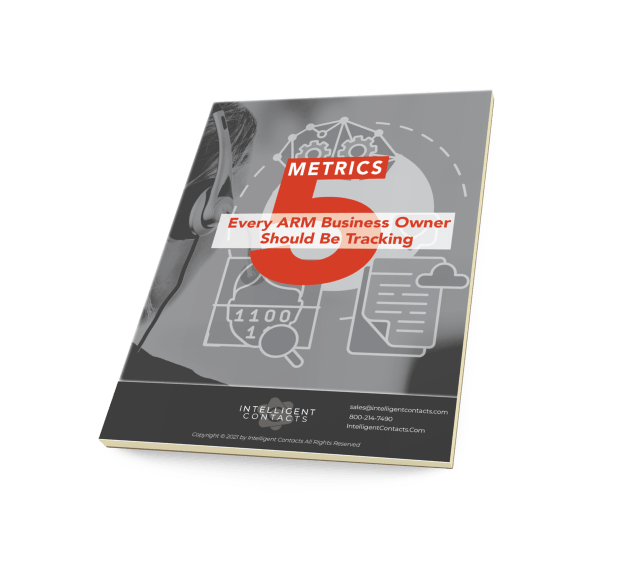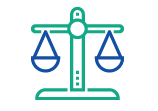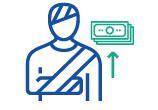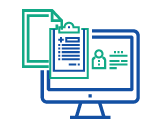5 Crucial Metrics ARM Business Owners Should Be Tracking

What are Crucial Metrics or KPIs?
A Key Performance Indicator (KPI) is any measurable value that demonstrates how effectively a company is reaching key business objectives. KPIs can be used to track high-level goals and lower-level goals—including those specific to a particular industry or department.
High-level KPIs may focus on the overall performance of the business, while low-level KPIs may focus on departmental process like customer service, sales, or teams.
How to Define Your Own KPI
Well-defined KPIs allow owners to measure and track the underlying operational objectives that are critical to business success (like monthly revenue or operating costs).
- What is your desired outcome?
- Why is this outcome important?
- Are you able to measure progress? How?
- Can you influence the outcome? How?
- Who will be held responsible for the outcome?
- How will you know you’ve reached your outcome?
- How often will you review progress?
More Studies & Research

Communication & Payment Preferences of Consumers with Past Due Debt
We asked 1000 consumers how they prefer to be contacted about a past due balance, and which payment options they would choose if the balance was more than they could afford.
GET STUDY

The Top 5 TCPA Compliance Risks Your Business Should Not Be Taking
TCPA-related class action lawsuits have become a booming industry where debt collectors and healthcare billing departments have become the targets of litigation just for attempting to collect money they are owed. Here’s 5 risks you can’t afford to take.
GET REPORT

5 Communication Strategies for Reaching Millennials
The “Millennial Mindset” extends beyond an age group or demographic, it’s quickly becoming the consumer standard that all businesses must meet to succeed.
GET STUDY
Consumer Studies & Reports

How Higher Out-Of-Pocket Costs Are Changing Healthcare's Revenue Cycle
In a study involving 675 patients, we analyze the impact that HDHPs, higher out-of-pocket costs, and consumerism are having on healthcare’s revenue cycle.
GET STUDY
Communication & Payment Preferences of Consumers with Past Due Debt
We asked 1000 consumers how they prefer to be contacted about a past due balance, and which payment options they would choose if the balance was more than they could afford.
GET STUDY

The Top 5 TCPA Compliance Risks Your Business Should Not Be Taking
GET REPORT

5 Communication Strategies for Reaching Millennials
The “Millennial Mindset” extends beyond an age group or demographic, it’s quickly becoming the consumer standard that all businesses must meet to succeed.
GET STUDY
White Papers

How Electronic Foms & Patient Portals Reduce Expense & Increase Revenue
With higher out-of-pocket costs making patient collections more difficult, providers are looking for a more streamlined and proactive approach to patient intake and billing.
